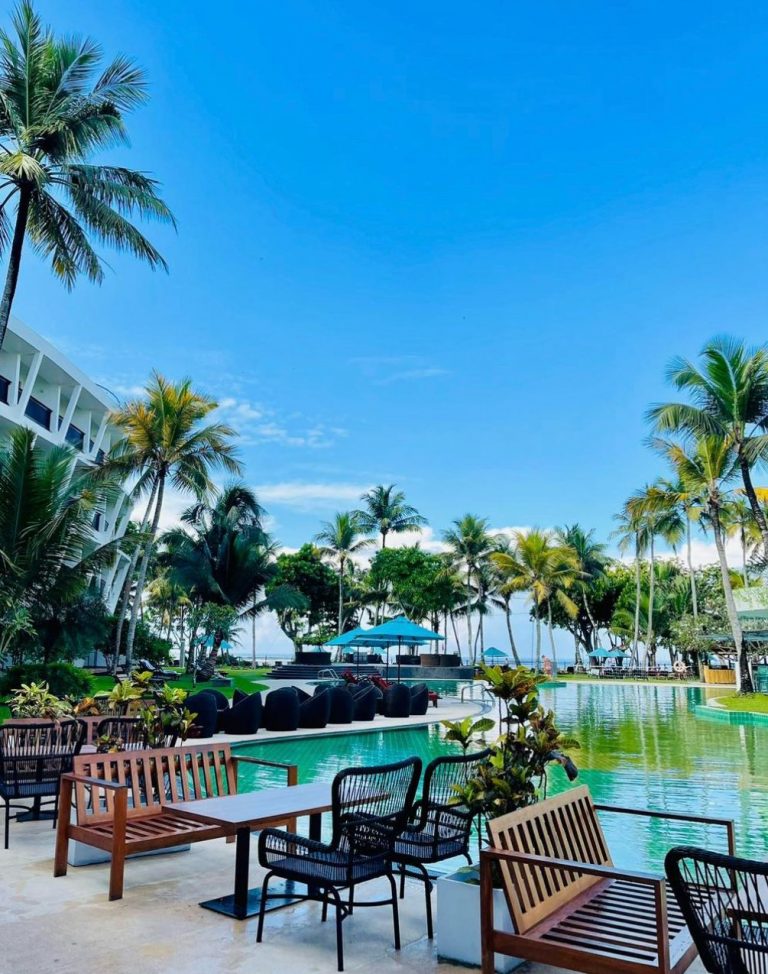Rice and curry is a kinda strange dish. In fact, it could be one of the few dishes in the world where the taste could be highly dependent on the way you eat it. A pizza or burger tastes pretty much the same no matter whether you eat it with cutlery or by hand. Pasta wouldn’t taste different even if you eat it with your fingers. Same goes for fried rice, kotthu and pretty much every other dish.
But when it comes to rice and curry, it’s not only the cutlery (or lack thereof) that matter; the ratios and the way you mix each of the curries with the rice is a big deal. The same meal could taste pretty different to two persons depending on the way they mix it.
We Sri Lankans (most of us prefer rice and curry for all three meals)are so used to this, you wouldn’t probably have even noticed it until you read this. We Sri Lankans, in fact, are masters of this “mixology." It is an innate skill, dominant within both our hands and our taste buds. We cook our curries with that in mind: they aren’t meant to be eaten separately. They taste best when mixed together with rice, and a well-trained hand.
But in the process of balancing and mixing so many flavors into one, we have missed something: the ability and diligence to taste different notes of individual vegetables and meats.
If you would like to re-discover rice and curry and dig deep into the subtle notes of your everyday dhal curry, vegetables, and meat- McCurrie is the place for that. The “showroom restaurant” is intended to show-off Macurrie’s range of spices, so they prepare each curry in such a way that you can eat them on their own; or mix just that single curry with the rice.
Food
Rice and curry (Rs. 120) come with dhal, vegetable, and a salad or Mallung and papadam. You have to order meat or fish as a separate portion. Choices are fish (Rs.110), chicken (Rs.110), prawns (Rs.160), beef (Rs.110), mutton (Rs.210), egg (Rs.85) and cuttlefish (Rs.185). We opted for beef.
The execution of each curry was on point, except the Mallung, which tasted pretty basic; maybe because you don’t use any spices—the McCurrie’s specialty—when you prepare the green leaves.
The beef was cut into tiny pieces, well seasoned and not chewy. Dhal was creamy with a lot of subtle notes of various spices. The brinjal curry tasted somewhat like a brinjal moju, but way less intense. I am not very happy about the selection of curries on the day of this review. But I have been to this place several times, and the selection was better (to my liking) on most occasions.
 This is not an authentic Indian Biryani by any means. It’s a Sri Lankan Buriyani (Rs. 400); but a good one. Again, McCurrie has been very successful in showing off the excellence of their spices: the rice is really flavorsome with just the right amount of spices along with Karapincha leaves and other herbs. I am personally not a very big fan of fried chicken that comes with Sri Lankan Buriyani. But here, the chicken wasn’t too tough and there was some flavor left in it unlike in most other places.
This is not an authentic Indian Biryani by any means. It’s a Sri Lankan Buriyani (Rs. 400); but a good one. Again, McCurrie has been very successful in showing off the excellence of their spices: the rice is really flavorsome with just the right amount of spices along with Karapincha leaves and other herbs. I am personally not a very big fan of fried chicken that comes with Sri Lankan Buriyani. But here, the chicken wasn’t too tough and there was some flavor left in it unlike in most other places.
Service and Ambiance
It’s a tiny little eatery with 3 or 4 tables. Waiters here are bit amateurish, but it doesn’t really matter as the menu is pretty basic and they work swift.
Conclusion
I wouldn’t call it an authentic Sri Lankan rice and curry joint. But if you want to taste bit more refined versions of Sri Lankan curries and experience a range of subtle tones of Sri Lankan spices, McCurrie is probably the best bid.









